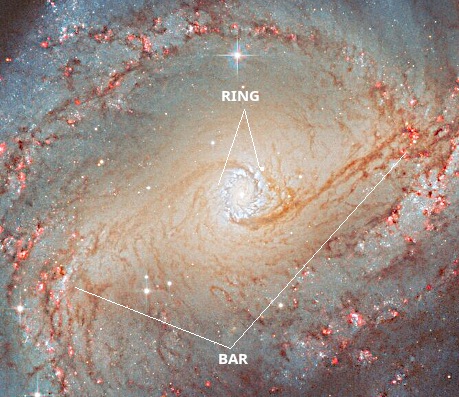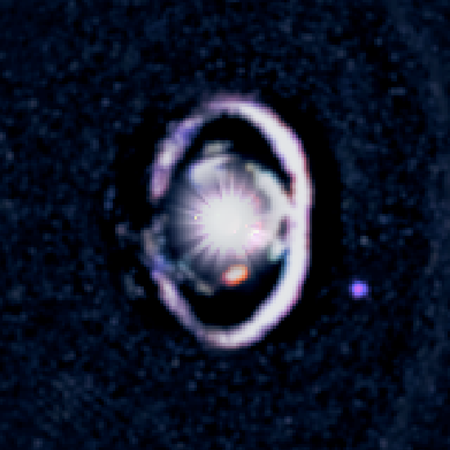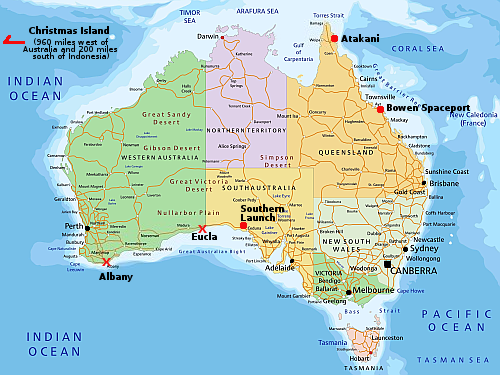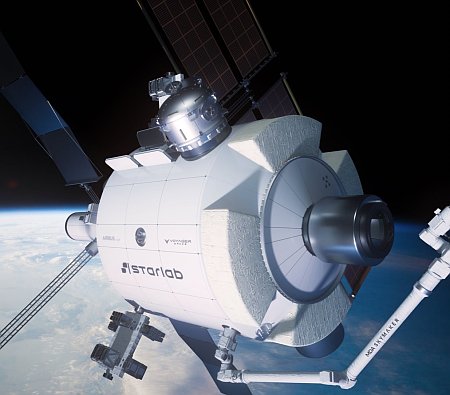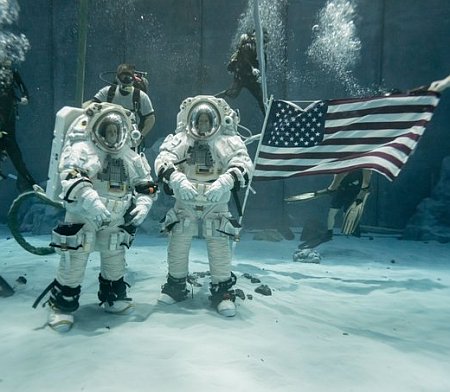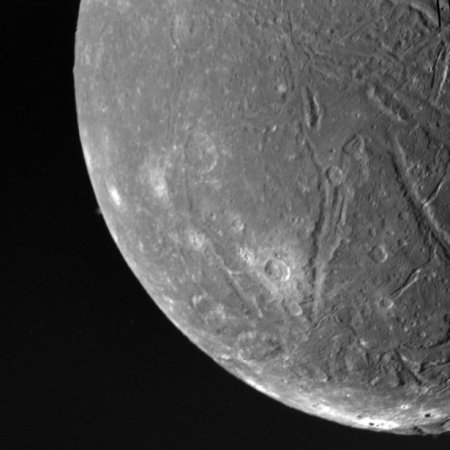Fresh slope streak on Mars
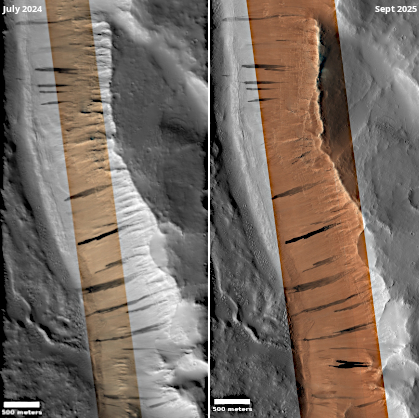
For original images go here and here.
Cool image time! One of the geological mysteries on Mars seen no where on Earth is something scientists have dubbed “slope streaks.” Though they at first glance appear to be avalanches, they do nothing to change the topography, have no debris pile at their base, and sometimes even travel up and over rises on their way downhill. They can also appear randomly throughout the year, can be bright or dark, and fade with time.
No theory as to their cause has yet been accepted, though recent research suggests they are dry events, dust avalanches triggered by dust devils, wind, or the accumulation of dust.
To better understand this geology, scientists repeatedly monitor known slope streak locations looking for changes. The two images to the right are an example, downloaded from the high resolution camera on Mars Reconnaissance Orbiter (MRO) on July 2, 2024 and September 1, 2025. In the fourteen months that passed between the first and second images, two distinct and large slope streaks occurred next to each other, near the bottom of the picture. All the other streaks merely faded.
» Read more

For original images go here and here.
Cool image time! One of the geological mysteries on Mars seen no where on Earth is something scientists have dubbed “slope streaks.” Though they at first glance appear to be avalanches, they do nothing to change the topography, have no debris pile at their base, and sometimes even travel up and over rises on their way downhill. They can also appear randomly throughout the year, can be bright or dark, and fade with time.
No theory as to their cause has yet been accepted, though recent research suggests they are dry events, dust avalanches triggered by dust devils, wind, or the accumulation of dust.
To better understand this geology, scientists repeatedly monitor known slope streak locations looking for changes. The two images to the right are an example, downloaded from the high resolution camera on Mars Reconnaissance Orbiter (MRO) on July 2, 2024 and September 1, 2025. In the fourteen months that passed between the first and second images, two distinct and large slope streaks occurred next to each other, near the bottom of the picture. All the other streaks merely faded.
» Read more




